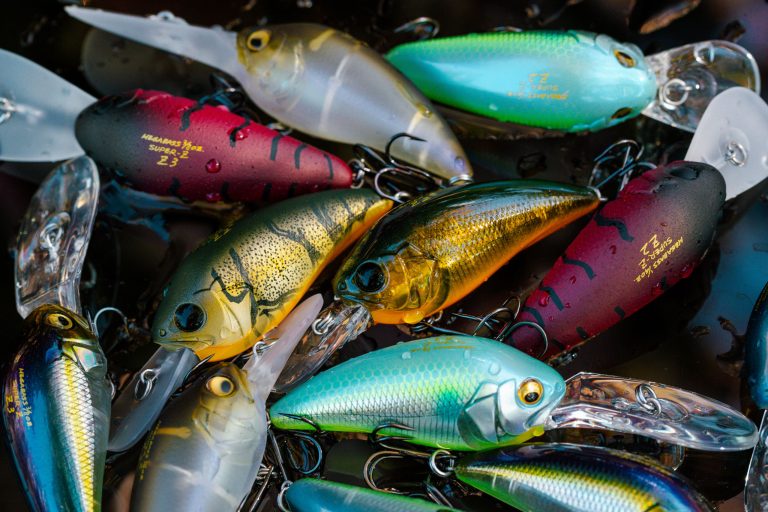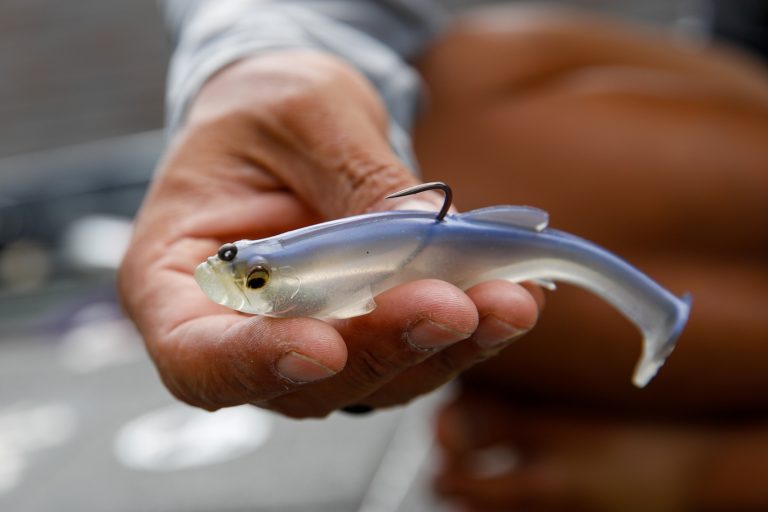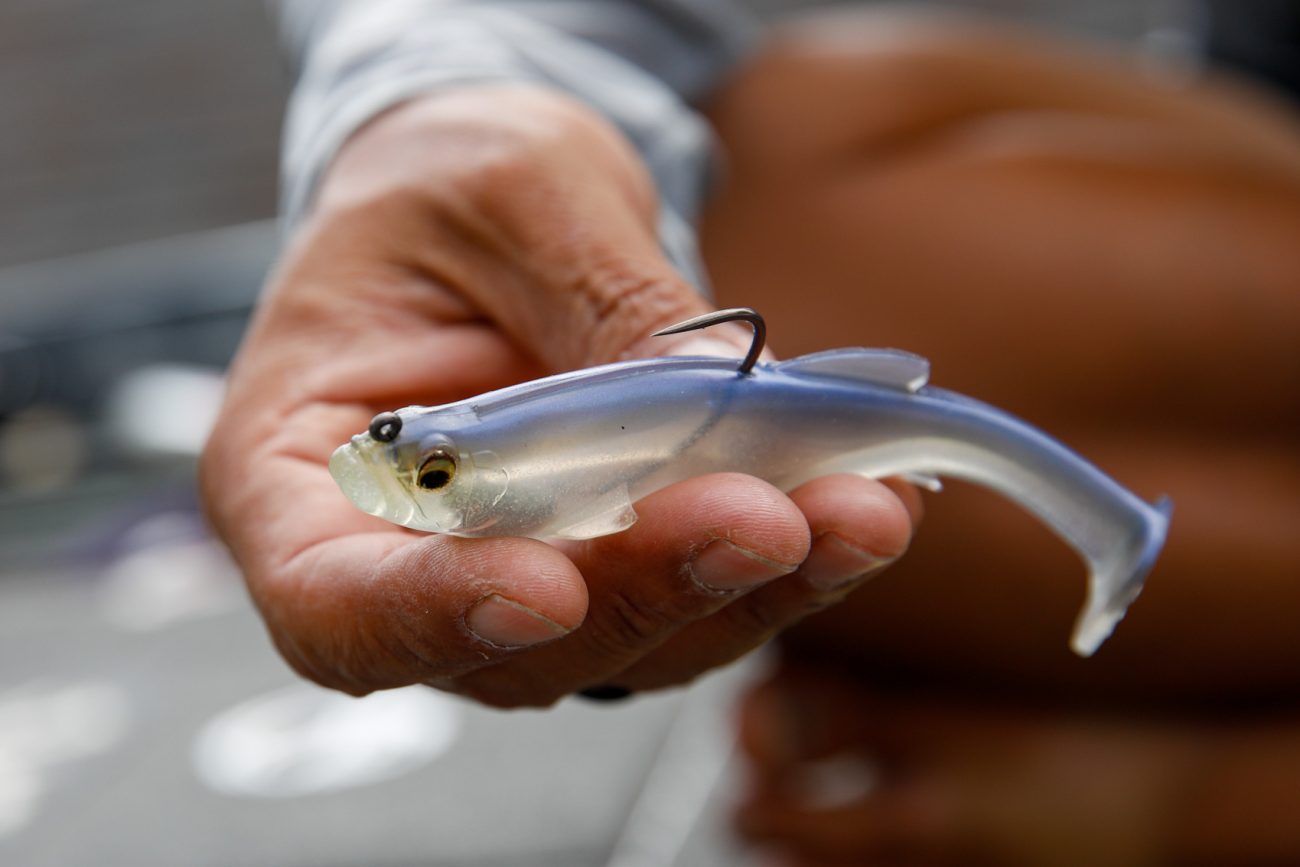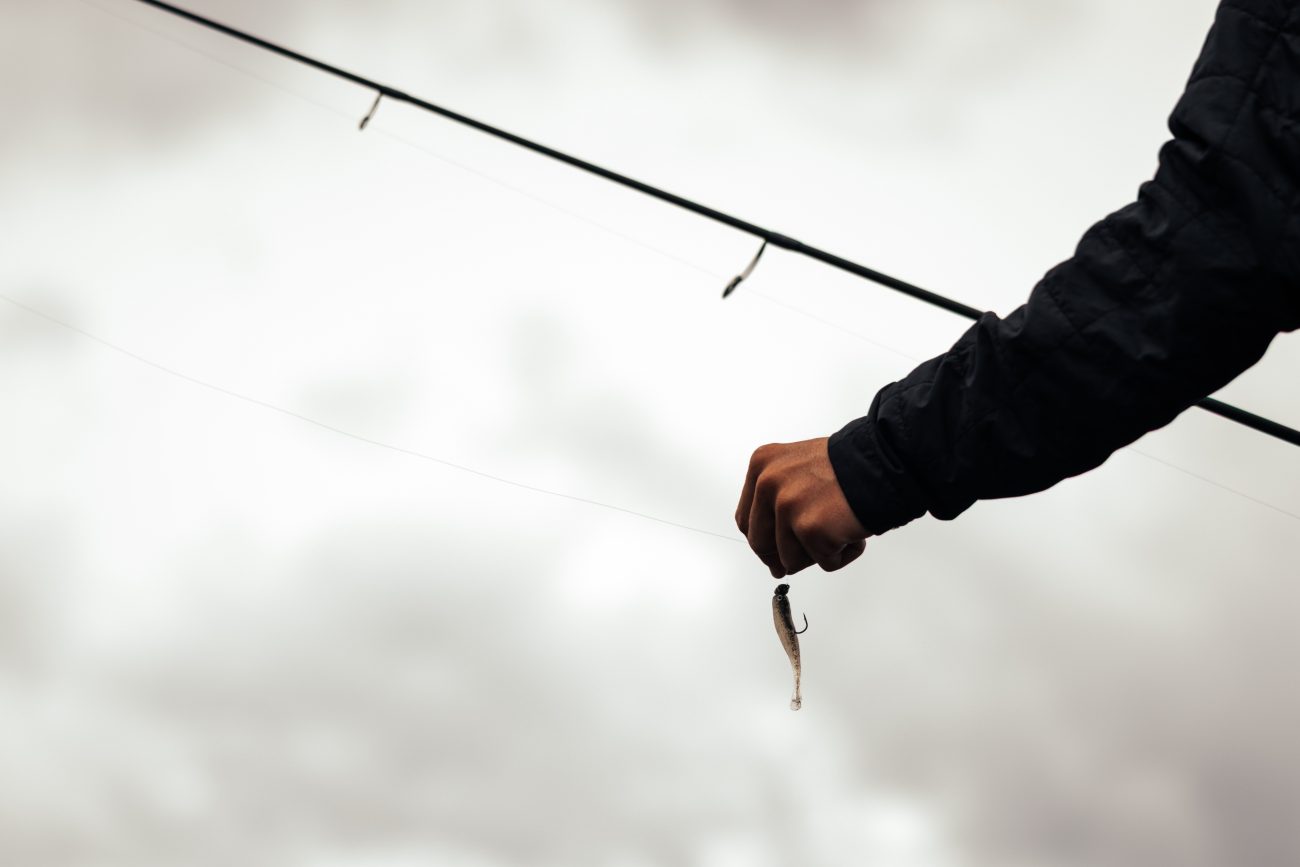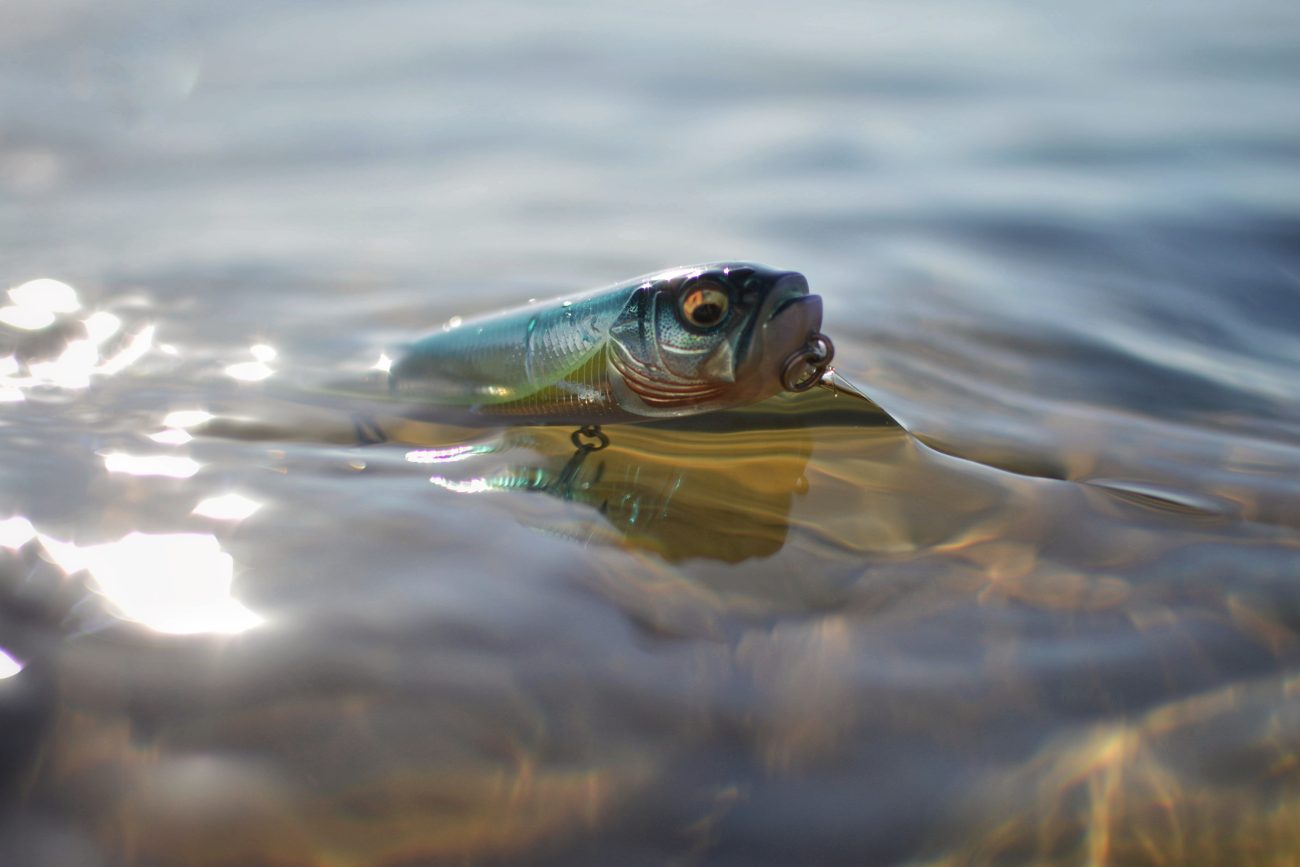Swimbait fishing lures are among the most effective tools for targeting big bass, but many anglers overlook their potential as bottom-hugging baits. When fished correctly, a swimbait designed for bottom contact can mimic natural forage like gobies, sculpins, or crayfish—prey predatory fish actively hunt. Learning how to fish with a swimbait near the bottom requires a combination of the right gear, retrieval techniques, and an understanding of where fish are likely to be holding.
One of the best bottom-hugging swimbaits is the Megabass Dark Sleeper, a forward-weighted soft plastic designed to stay close to structure while maintaining a realistic swimming motion. This bait excels in rocky terrain, ledges, and areas with scattered grass, where bass are looking for easy meals. By using swimbait fishing lures to mimic natural prey behavior, you can effectively trigger bites from even the most pressured fish.
Why Bottom-Hugging Swimbaits Work
Fishing a swimbait along the bottom works because it closely imitates how real prey moves in a natural environment. Unlike traditional swimbaits that are retrieved higher in the water column, bottom-hugging swimbaits are weighted to stay in contact with the lake or riverbed, where bass frequently feed. The Dark Sleeper, for example, has a forward-weighted head and a flat belly, allowing it to rest naturally on the bottom and remain upright when paused.
Another advantage of these lures is their weedless hook placement. Many bottom-hugging swimbaits, including the Dark Sleeper, have a hidden hook shielded by a dorsal fin, preventing snags while fishing through rocks, grass, and other forms of structure. This means you can work the bait through areas where jigs might normally get stuck, expanding your ability to fish in prime bass-holding locations. When retrieved correctly, these swimbaits produce an enticing combination of crawling, darting, and falling movements, making them irresistible to fish looking for an easy ambush opportunity.
Choosing the Right Gear for Bottom-Hugging Swimbaits
The right equipment is essential for maximizing the effectiveness of bottom-contact swimbait fishing lures. A 7’5″ medium-heavy to heavy-action rod is ideal because it provides the casting distance and backbone needed to set the hook at the end of a long cast. A longer rod also allows for better leverage when pulling the bait through cover or setting the hook when a bass bites. Zaldain’s preferred rod of choice is the F5-75X JAVELIN.
For line selection, 12-pound fluorocarbon is an excellent choice as it offers the abrasion resistance needed to handle brushing against structure while maintaining a stealthy, low-visibility profile. Fluorocarbon also helps transmit bites more effectively than monofilament, allowing you to feel even the slightest resistance from a fish. When choosing your swimbait, a ½-ounce Megabass Dark Sleeper is a great starting point, as it provides enough weight to stay on the bottom without getting lost in heavier currents or deep water.
Megabass Dark Sleeper Variations
The Dark Sleeper comes in three different lengths with various weights:
How to Fish With a Swimbait Near the Bottom
Slow Rolling Along the Bottom
One of the most effective ways to fish a bottom-hugging swimbait is by slow rolling it just above or across the lake bed. This technique is simple but deadly—make a long cast, allow the bait to sink completely to the bottom, and then begin a slow, steady retrieve. The key is maintaining constant bottom contact.
As you retrieve the swimbait, keep your rod tip low and maintain a moderate speed that allows the bait to “crawl” across the bottom. Because the Dark Sleeper swimbait is designed to resist snags, you can confidently drag it across rock piles, gravel beds, or sandy flats where bass are likely to be feeding. This method works particularly well when fish are in a neutral or inactive feeding mood, as it presents an easy, non-threatening target.
Dragging Like a Jig
Another highly effective method is dragging the swimbait, much like you would a football jig. After casting, let the bait settle, then use a slow dragging motion with your rod to pull the lure across the bottom. This technique keeps the bait moving naturally while allowing it to interact with the structure, increasing the likelihood of drawing a bite.
When dragging a bottom-hugging swimbait, you’ll often feel small bumps and resistance as it makes contact with rocks or submerged vegetation. Set the hook with a firm but controlled motion if you detect a bite. This method excels in situations where fish are holding tight to structure and require a more finesse-oriented presentation to entice them into striking.
Popping It Off the Bottom
For a more aggressive approach, try popping the swimbait off the bottom and letting it fall back down. This mimics a startled baitfish or crawfish trying to escape, which often triggers reaction strikes from nearby predators. To do this, make a long cast and let the bait settle, then give it a quick upward pop with your rod tip before allowing it to fall back naturally.
The Dark Sleeper’s forward-weighted head makes this technique especially effective, as the lure will dart upwards before gliding back to the bottom in a lifelike manner. The sudden movement often triggers bass and will strike as the bait falls back down into crevices or gaps in the cover. This technique works best around rocks, brush piles, and submerged weed beds, where ambush predators wait for prey to make a mistake.
When and Where to Use Bottom-Hugging Swimbaits
Understanding when and where to use bottom-hugging swimbaits is crucial for maximizing success. These lures shine in cloudy conditions or when fish stay low to the bottom due to pressure changes, such as after a cold front. A bottom-contact swimbait provides a more natural, enticing option if bass aren’t actively chasing bait near the surface.
Ideal locations for this technique include rocky points, submerged ledges, and transition zones where the bottom composition changes. Areas with scattered grass can also be productive, as bass will often hide in these spots to ambush unsuspecting prey. Fishing depths of 8 to 12 feet is a good starting point, but adjusting based on seasonal fish behavior will further increase your chances of success.
Why This Technique Catches More Fish
Fishing a swimbait along the bottom presents a unique profile that bass don’t see often. In high-pressure tournament waters, where fish are accustomed to traditional jigs and crankbaits, bottom-hugging swimbaits offer something different. The combination of a swimbait’s lifelike movement, a jig’s bottom-hugging action, and a crankbait’s darting behavior makes these lures incredibly versatile and effective.
Because the Megabass Dark Sleeper can be worked in multiple ways—slow rolled, dragged, or popped—it allows anglers to adjust their presentation based on fish behavior. Whether targeting finicky post-frontal bass or aggressive pre-spawn feeders, a properly fished bottom-hugging swimbait can be the key to unlocking bigger bites.
Mastering the Art of Fishing Swimbaits Like a Jig
Mastering how to fish with a swimbait near the bottom requires patience, the right gear, and an understanding of how bass interact with their environment. Whether slow rolling, dragging, or popping the bait off the bottom, maintaining constant contact with the lake bed is the most important factor in success. Swimbait fishing lures like the Megabass Dark Sleeper provide a unique, natural presentation that can outfish traditional jigs and crankbaits in many scenarios.
By applying these techniques and experimenting with different retrieval speeds, anglers can consistently catch big bass in areas where other lures might fail. Bottom-hugging swimbaits are an underutilized tool in the modern angler’s arsenal, and by learning to fish them effectively, you can stay one step ahead of the competition and put more fish in the boat.


